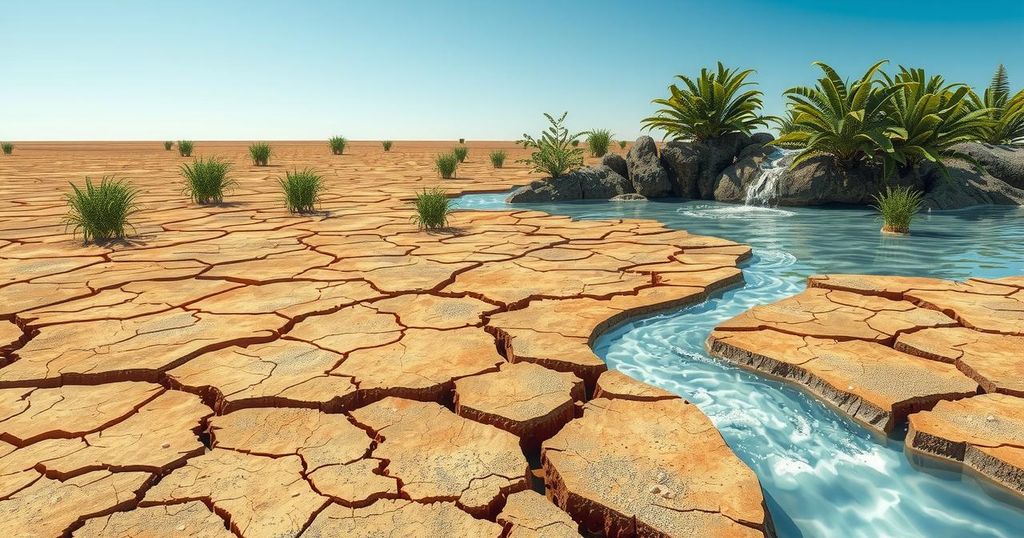Global Weather Hazards Summary: July 3 to July 9, 2025

- ENSO-neutral weather patterns remain evident this week.
- Central Africa is dealing with abnormal dryness conditions.
- East and West Africa are facing significant dryness issues.
- Heavy rainfall has caused flooding in southwest Nigeria and DRC.
- Flooding risks are projected for Guinea-Conakry and Ethiopia.
Understanding Current Weather Conditions and Impacts
Global Weather Hazards Summary for the week stretching from July 3 to July 9, 2025, shows a notable ENSO-neutral pattern overall. Several regions across the globe are grappling with different weather challenges, including abnormal dryness affecting central Africa, eastern Central Asia, western Yemen, and parts of northern Hispaniola. Specifically in Africa, we observe several areas severely impacted by dry weather, particularly in eastern and western regions of the Gulf of Guinea.
Regional Weather Hazards Across Different Areas
In terms of specific areas, the focus turns to Nigeria, Cameroon, and Chad. Eastern Nigeria, along with parts of northern Cameroon and southern Chad, is experiencing notable dryness. On another front, in northern South Sudan, the Sudd wetlands are struggling with ongoing inundation, which poses threats to local ecosystems and the livelihoods of communities. Also noteworthy are the flood-related issues in southwest Nigeria, driven by recent heavy rainfall; similar calamities have struck Kinshasa in the DRC, where flooding has wreaked havoc. Moreover, the Omo Gibe River has overflowed its banks, inundating nearby districts bordering Lake Turkana in southwestern Ethiopia, adding to the list of regions facing flooding risks.
Potential Impact of Extreme Weather Patterns
The risk of flooding isn’t limited to Nigeria and South Sudan; other regions in Africa are under threat as well. High flooding risks are expected in Western Guinea-Conakry and parts of northwestern Ethiopia in the coming week. Contrasting this, West Africa is reeling from dryness that affects Sierra Leone, Liberia, eastern Guinea-Conakry, and southern Mali, while eastern Africa faces similar challenges in southern Sudan and parts of northeastern DRC. Noticeably, those experiencing dryness include northwestern and east-central Ethiopia, which have seen below-average rainfall since early June. Looking ahead, areas like western Sahara, northern Mauritania, northern Mali, and western Algeria may endure hot weather conditions this week. Meanwhile, concerns continue to mount in southwestern South Africa where moderate rainfall is predicted and flooding risks seem especially high.
In conclusion, this summary highlights alarming weather patterns that vary across different regions impacting livelihood and ecological balance. With dryness in significant areas of Africa alongside ongoing flooding in part of Nigeria and South Sudan, the diverse weather threats require urgent attention to mitigate potential disasters. Monitoring these conditions will be crucial as we move through the month, particularly given the severity of both the drought and flooding events observed.






